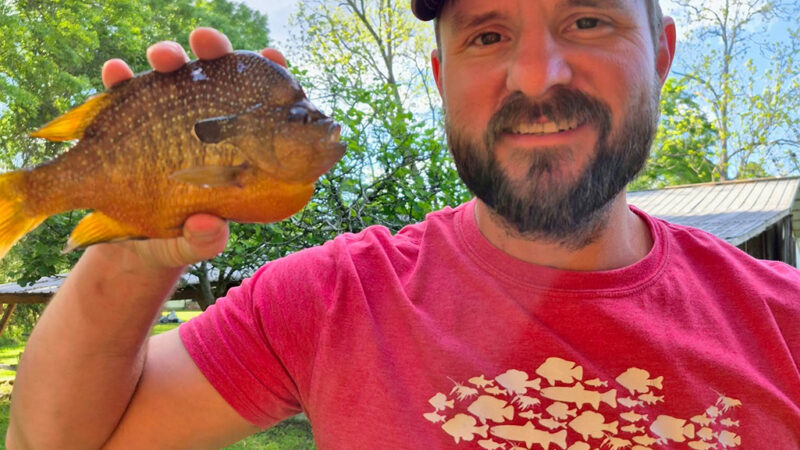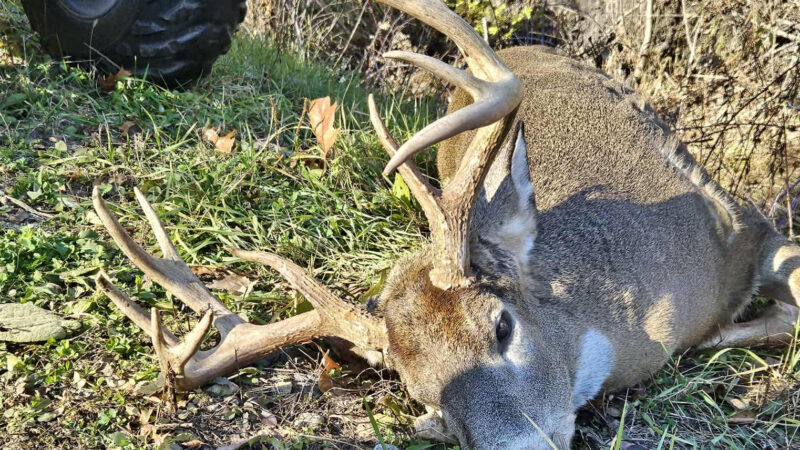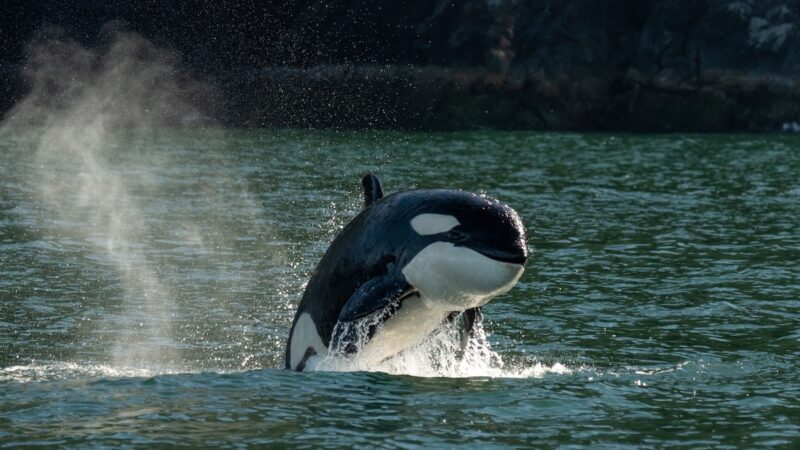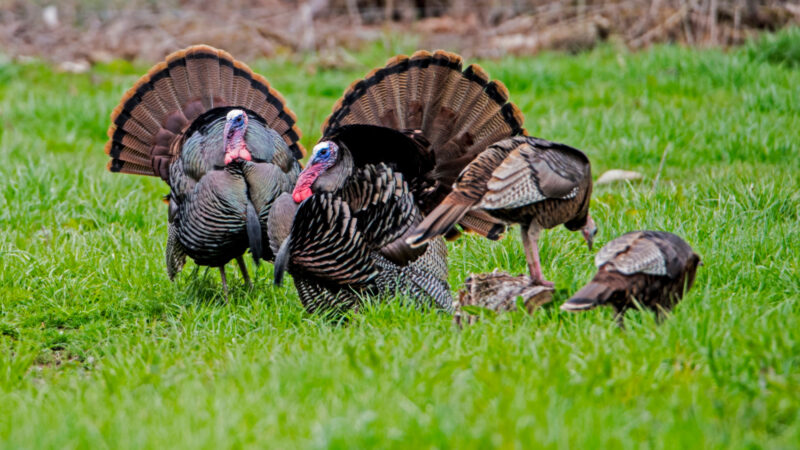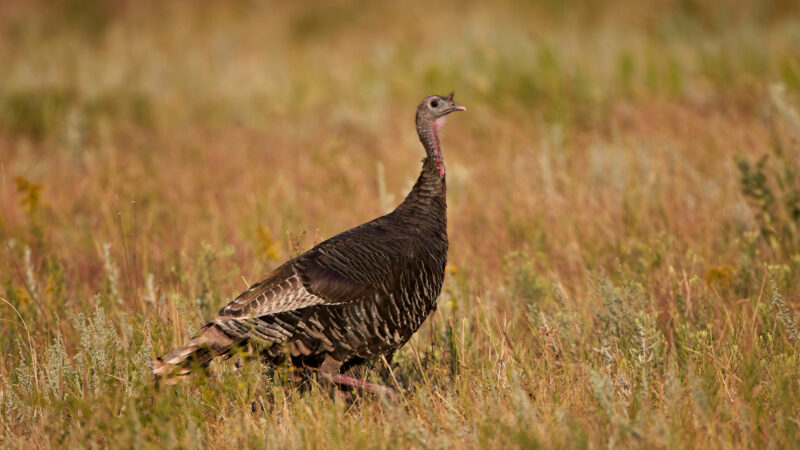As Colorado Prepares to Receive Wolves from Oregon, Feds Dub the Population ‘Experimental’
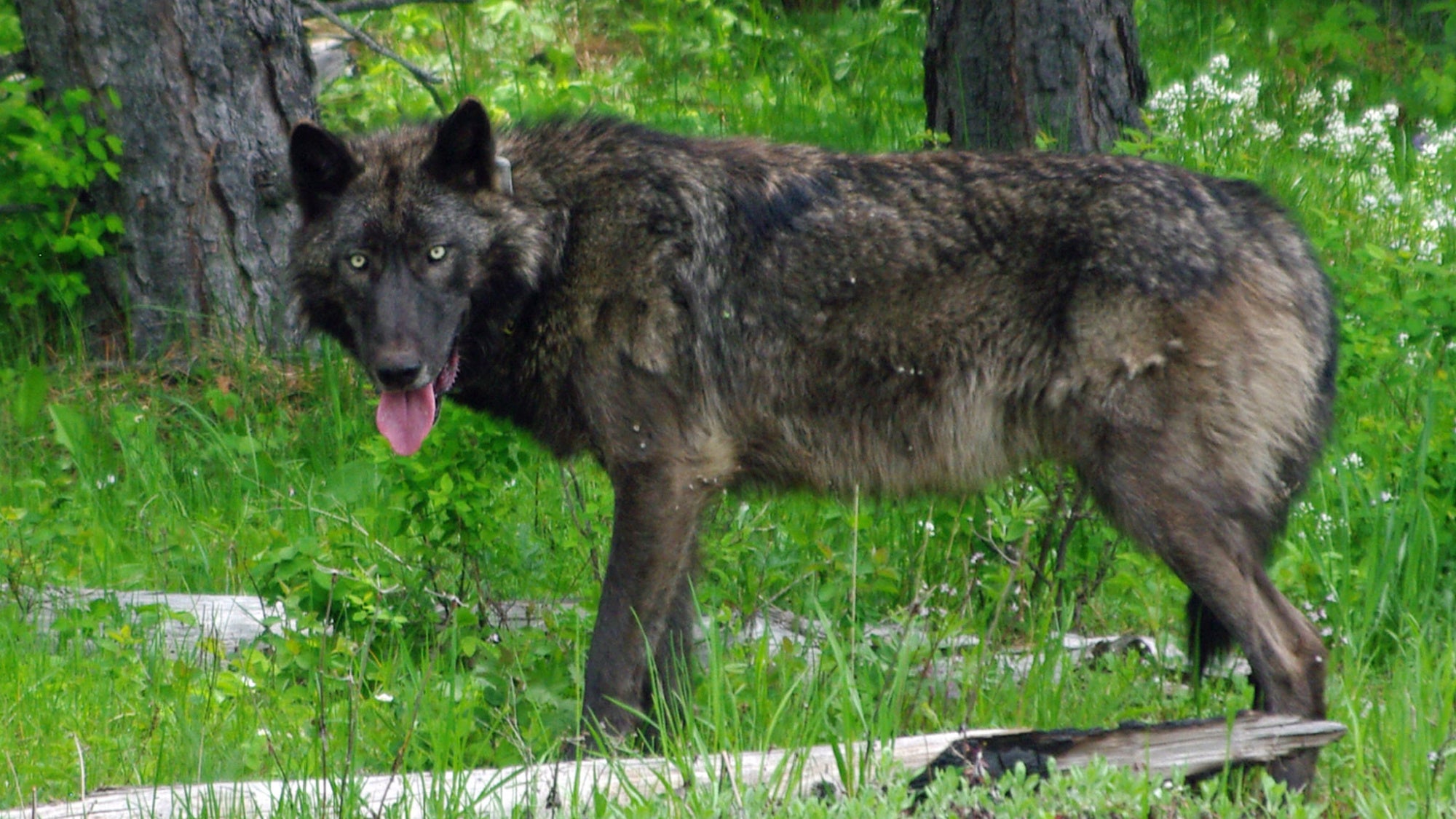
A month from now, Colorado Parks and Wildlife officials will take to their helicopters and planes and fly low over northeastern Oregon in search of wolves to capture and reintroduce to the Centennial State. The 10 or fewer wolves they take will then be released west of the Continental Divide, far away from the homes of the many Front Range voters who helped push the ballot initiative across the finish line exactly three years ago.
While all of Oregon’s wolves have special protections under state law, some population segments are not considered endangered by the federal government. Wolves in Colorado, on the other hand, are listed as both a state and federal endangered species and are under the management of the U.S. Fish and Wildlife Service. But these 10 wolves won’t be treated as such when they land on Colorado soil due to the USFWS’s final designation of the population as “nonessential experimental.” The USFWS released the final rule on Wednesday, and it goes into effect on Dec. 8.
This designation comes from Section 10(j) of the Endangered Species Act. With it, the USFWS can increase the flexibility of reintroduction efforts and allow for easier collaboration between state wildlife agencies and landowners. This is especially important since CPW is the lead agency on the reintroduction effort, and jurisdictional boundaries would blur if these wolves were still under federal oversight. But what does “nonessential experimental” actually mean?
In short, it means that the wolves reintroduced to Colorado won’t fall under the same regulations and protections as the federally listed wolves in other parts of the state. For ranchers and other rural residents of western Colorado, it means they can use lethal control to manage wolves that are harming their livestock without being charged with a federal wildlife crime.
“Management of the nonessential experimental population would allow gray wolves in the NEP to be hazed, killed, or relocated by the Service or our designated agent(s) for livestock depredations,” the final rule reads. “Under special conditions, the public may harass or kill wolves in the act of attacking livestock.”
The agency further defines “in the act of attacking” as “The actual biting, wounding, grasping, or killing of livestock or working dogs, or chasing, molesting, or harassing by wolves that would indicate to a reasonable person that such biting, wounding, grasping, or killing of livestock or dogs is likely to occur at any moment.” The definition adds that such allowances don’t apply if wolves are being artificially attracted to an area or intentionally fed. Landowners and livestock producers that kill wolves in the process of attacking their livestock must be able to provide evidence of the attack to USFWS personnel.
While the definition of livestock stretches to include herding and guarding dogs, it does not include pets. Pet owners can not “take” wolves that are attacking their animals, a detail that remains consistent with Colorado law regarding wolves, the rule points out.
Anyone can kill a wolf that is threatening human life. Additionally, opportunistic harassment, or scaring wolves with noise, movement, or objects, is allowed at any time, but this must be reported to the USFWS a week after it occurs. (For more details on legal wolf take, check out Table 1 of the final rule.)
Read Next: How Many Wolves Should There Be in Colorado?
The 10(j) designation was celebrated by groups like the Colorado Cattlemen’s Association and the Farm Bureau, while some animal welfare groups denounced the move. Others like Defenders of Wildlife applauded the progress being made toward the completion of the first phase of reintroduction by the end of the calendar year, as was originally ordered.
A 2019 study from Colorado State University pointed out that 66 percent of respondents who strongly identified as hunters would vote in favor of a reintroduction, but also cited loss of elk and deer hunting opportunities as a primary concern. For now, CPW plans to the re-introduce the experimental population of wolves near Interstate 70 between Glenwood Springs and Vail. According to 2021 harvest records, 854 total elk were harvested across the seven units in that corridor.
The post As Colorado Prepares to Receive Wolves from Oregon, Feds Dub the Population ‘Experimental’ appeared first on Outdoor Life.
Articles may contain affiliate links which enable us to share in the revenue of any purchases made.
Source: https://www.outdoorlife.com/conservation/colorado-wolves-nonessential-experimental-population/

